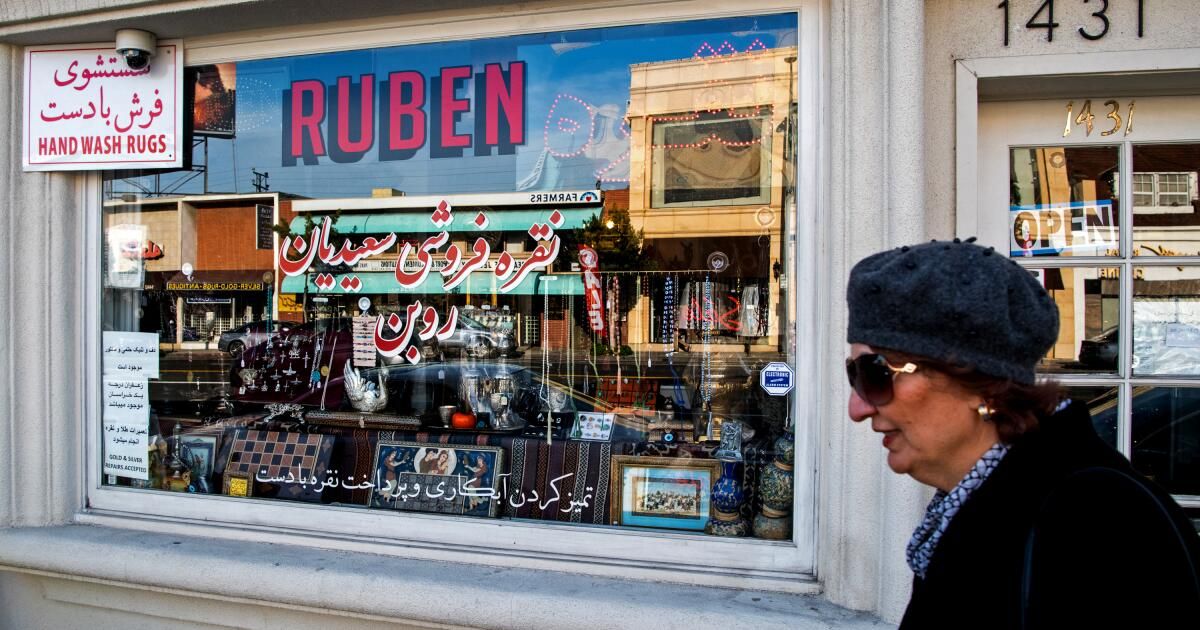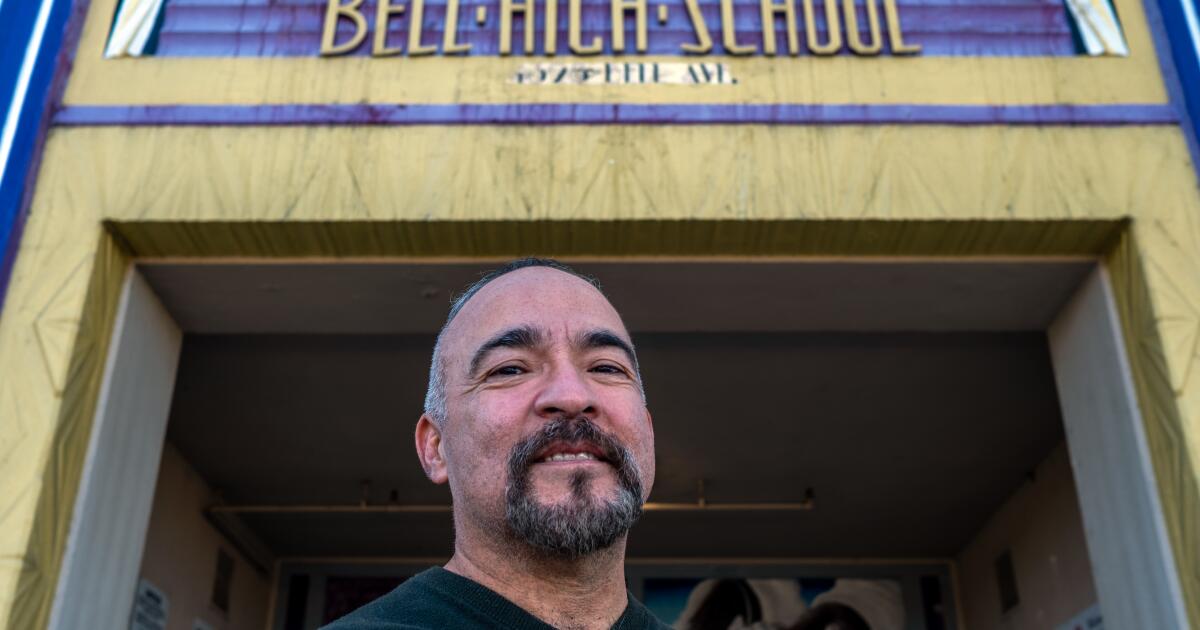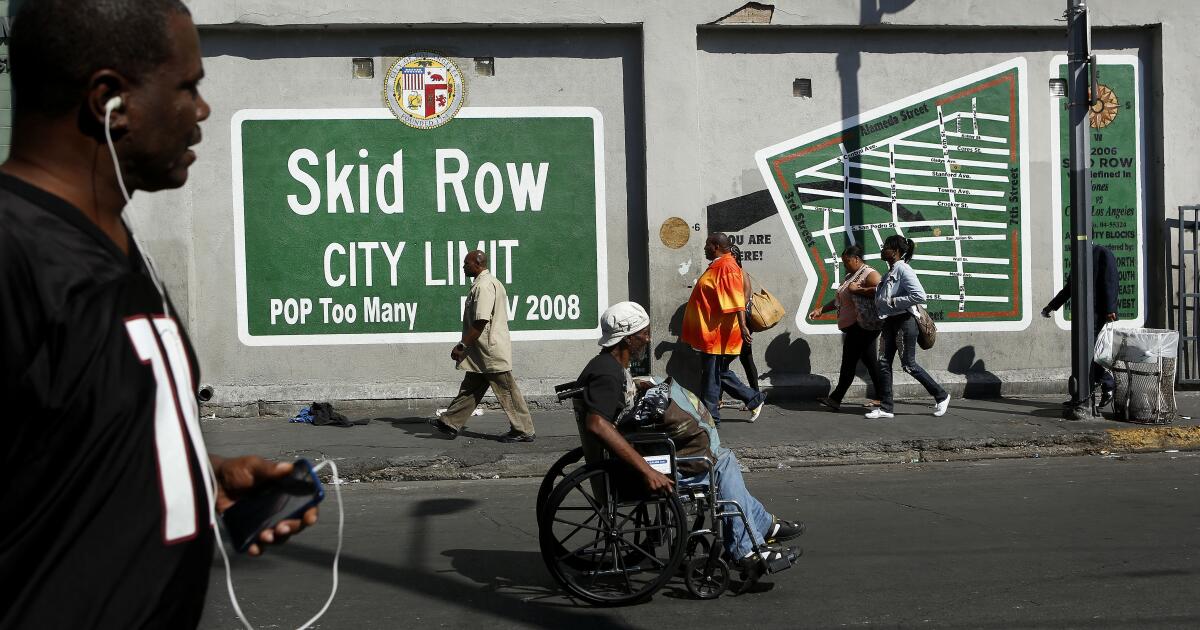Once upon a time there was a salesgirl on Rodeo Drive. I was familiar with 90210 climates from my childhood visits to the area, along with Westwood and other parts of Los Angeles that we Iranians in the diaspora called “Tehrangeles.” Back then, I was there to eat skewers with my family, not to run the cash register at a boutique selling five-figure luxury handbags. In this job, I realized that my people were nothing like me. They owned the “Iranian-American” look of the 80s and 90s – Armani and Chanel, white BMWs, McMansions in the hills – not my family with discount clothes, a Ford Pinto and a one-bedroom apartment. . 45 minutes away in the least desirable corner of the San Gabriel Valley.
Twenty years after that concert in Beverly Hills, I decided to make a 1% Iranian-American family the protagonist of a novel. One could say that he had no business fictionalizing a culture that he knew primarily as an observer. Although we share blood, the American aspect of our Iranian-American status could not be more different. But that was my point: who gets to tell our stories? Why were Tehrangelens allowed to define what it meant to be Iranian-American? It is dangerous to give the richest the reins of narratives and how we are represented. Other stories are equally valid. There was no real reason to see the rest of us as less than or somehow relegated to the shadows, and yet it was necessary to become a writer (and ultimately a writer of literature). his LA – really accept that.
I grew up feeling very Iranian. I was immersed in the world of my parents and our relatives, Persian television and books, impromptu Persian Sunday school classes taught by my father. They all spoke Persian or, at worst, “fengsi,” the hybrid of Farsi and English. Sadaf and Golchin and other Persian brands made up our pantry, and Persian festivals took priority. I never had to go far to find Iran. However, I had to go far to find Iranian America.
That the Westside had a monopoly on our images didn't entirely surprise me. Who isn't dazzled by the stereotypical Iranian lifestyle of Los Angeles, made famous on the reality show “Sunset Shahs”, of gold and glitter, plastic surgery and multimillion-dollar thirst traps and souped-up cars and elite lap dogs? At times, even I began to believe that this was the true representation of our community.
My family and I were clearly the outsiders, not fulfilling the dream and aspiration of making it in the U.S. It was a source of pride for my parents that apparently most Tehrangelens were rich; He talked about it, covered himself with shame and said goodbye as if it were bad luck.
But there's something about being excluded from a world that also motivates you to redefine it. With the disdain of boutique shoppers at the Iranian American Rodeo fresh in my head (especially when they realized I was one of them, on a cellular level) and even the memory of other restaurant patrons upset by our lower-class vibe , I set out to write something deeper than a revenge narrative: a satire about a world adjacent to mine.
It took approaching middle age to understand the extent to which the negative space between us and them had shaped me, the extent to which social class had become central to my identity. That distance gave me the gift of perspective. I felt that, rather than contributing more to the trauma porn that often became the Western lens on the Middle East, why not tell the story of the most invulnerable (and in many ways, unsympathetic) Iranian-Americans of them all ? The Iranians who had let their Americanness get the better of them in a way that beat other Americans at their own game? I decided to use my observer's distance as a way to capture the totality and enormity of its endless spectacle.
He post-Shah The diaspora is now over 40 years old (almost as old as I am) and is not what it used to be. And the stories we tell about ourselves are changing. Poet Kaveh Akbar's acclaimed first novel “Martyr!“It came out this year. It was raised primarily in the Midwest, and its tortured recovering alcoholic protagonist, Cyrus, is worlds away from the vapid playboys of “Shahs of Sunset.” Khashayar J. Khabushani also recently had a celebrated debut novel with “I Will Greet the Sun Again.” Khabushani grew up in the San Fernando Valley, in a low-income reality similar to my own, as detailed in her painful coming-of-age story. On TikTok, “Tara Yummy” is one of the most famous Iranian influencers, with more than 8 million followers; her aesthetic is not so much Persian Barbie as Hot Topic video vixen. And there are Iranian-American lesbian characters on the show “The L Word” (with actors Sepideh Moafi and Arienne Mandi).
We have the real “Are we there? I've been exploring this same question for years in my writing, and the answer is always we will see. But I have seen the most growth in recent years, primarily with this generation, Generation Z. It is by imagining my childhood in them, as I do in my book, and conversely, by placing them as figures from my own past, that I can find hope. . What happens when assimilation anxiety is no longer the obstacle? What happens when struggles over identity transcend borders, nations, and even simple labels? Maybe we are on the cusp of a real breakthrough, or so we have to tell ourselves.
Porochista Khakpour is an author living in New York City. His fifth book, the novel “Tehrangeles,” will be published in June.












